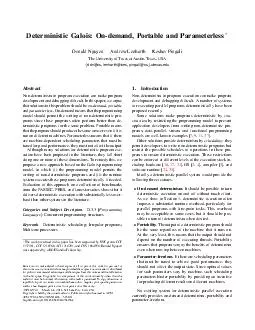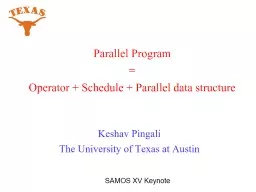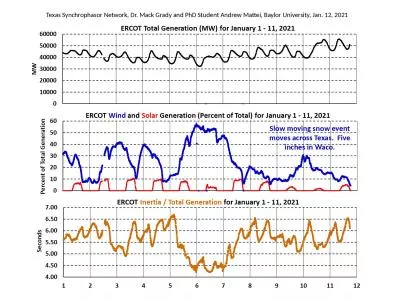PDF-Deterministic Galois Ondemand Portable and Parameterless Donald Nguyen Andrew Lenharth
Author : test | Published Date : 2014-12-14
utexasedu Abstract Nondeterminism in program execution can make program development and debugging dif64257cult In this paper we argue that solutions to this problem
Presentation Embed Code
Download Presentation
Download Presentation The PPT/PDF document "Deterministic Galois Ondemand Portable a..." is the property of its rightful owner. Permission is granted to download and print the materials on this website for personal, non-commercial use only, and to display it on your personal computer provided you do not modify the materials and that you retain all copyright notices contained in the materials. By downloading content from our website, you accept the terms of this agreement.
Deterministic Galois Ondemand Portable and Parameterless Donald Nguyen Andrew Lenharth: Transcript
Download Rules Of Document
"Deterministic Galois Ondemand Portable and Parameterless Donald Nguyen Andrew Lenharth"The content belongs to its owner. You may download and print it for personal use, without modification, and keep all copyright notices. By downloading, you agree to these terms.
Related Documents














